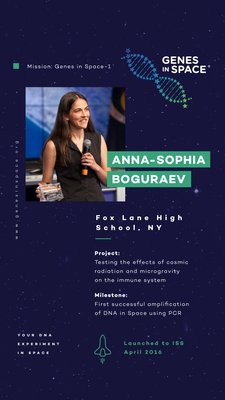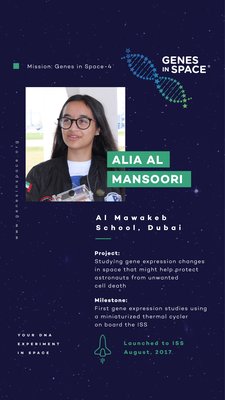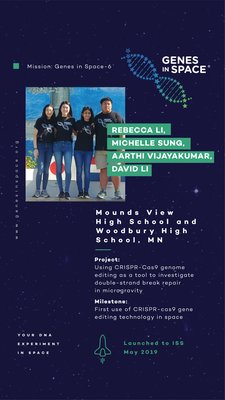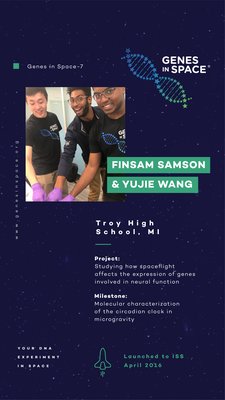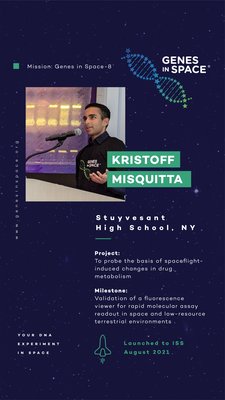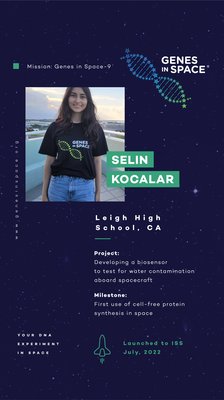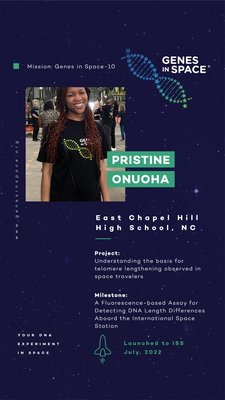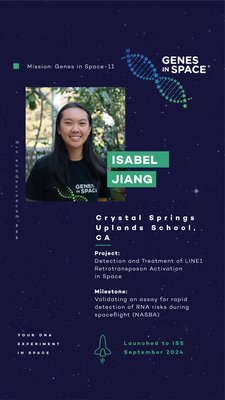Celebrating 10 years of Space Biology Milestones
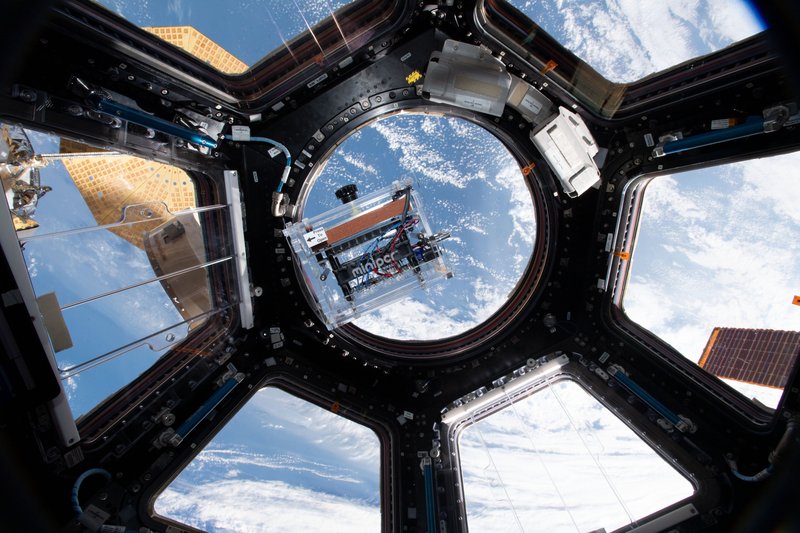
Ten years ago, The Boeing Company and miniPCR bio partnered to send the first PCR (polymerase chain reaction) machine to the International Space Station. This milestone marked the beginning of molecular biology research in space. Since then, the successful validation of miniPCR technology in orbit, along with the introduction of tools like the Genes in Space Fluorescence Viewer (GiS Viewer) and the BioBits® cell-free system, has opened new doors for biotechnology in microgravity. Thanks to these innovations—and the creative contributions of motivated student researchers— we've gained powerful insights into how spaceflight impacts molecular processes and living organisms.
With the generous support of our sponsors, the International Space Station National Laboratory and New England Biolabs, Genes in Space has launched eleven groundbreaking student experiments to low Earth orbit. These young scientists have achieved major firsts in space biology, including the first successful DNA amplification using PCR, the first use of CRISPR-Cas9 gene editing, and the first demonstration of cell-free protein synthesis in space. Explore their impressive accomplishments below, and read the peer-reviewed publications from the first decade of Genes in Space. We're looking forward to the student-led innovations that the next decade will bring!

